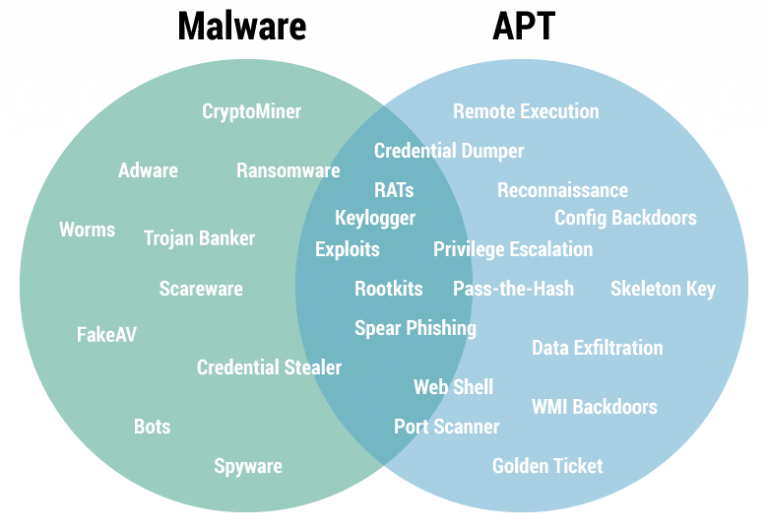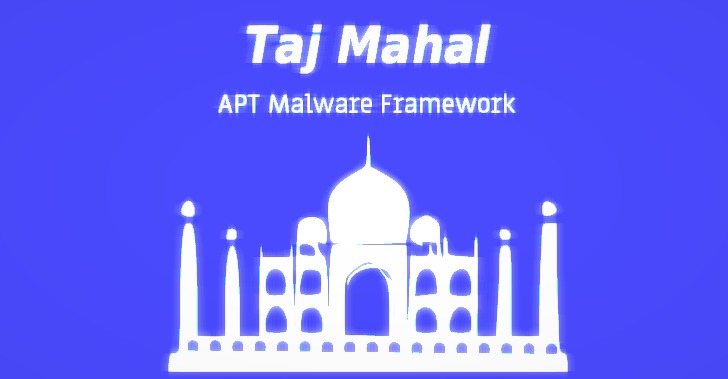APT Simulator is a Windows Batch script that uses a set of tools and output files to make a system look as if it was compromised. In contrast to other adversary simulation tools, APT Simulator is designed to make the application as simple as possible.
You don’t need to run a web server, database or any agents on set of virtual machines. Just download the prepared archive, extract and run the contained Batch file as Administrator. Running APT Simulator takes less than a minute of your time.
Use Cases
- POCs: Endpoint detection agents / compromise assessment tools
- Test your security monitoring’s detection capabilities
- Test your SOCs response on a threat that isn’t EICAR or a port scan
- Prepare an environment for digital forensics classes
There is a very large list of test cases that will allow user to check the following:
- Collection for example drop directory listing
- Command and Control such as Curl to C2 servers
- Credentials accessusing Mimikatz and other method
- Defense Evasion for example activating the guest account on windows system or adding guest user to local admin group
- Discovery and this will run scan with a predefined settings.
- Execution where the script will drop a remote execution tool to the working directory.
- Persistence by creating a job that runs mimikatz and dumps credentials to file or schedule a task.
Getting Started
- Download the latest release from the “release” section
- Extract the package on a demo system (Password: apt)
- Start a cmd.exe as Administrator
- Navigate to the extracted program folder and run APTSimulator.bat
Avoiding Early Detection
The batch script extracts the tools and shells from an encrypted 7z archive at runtime. Do not download the master repo using the “download as ZIP” button. Instead use the official release from the release section.
AV Excluder
APT Simulator contains a module named “AVExcluder” that tries to register the used %APTDIR% as AV exclusion in typical AV solutions. As I do not have access to all of the AV software products in the market, please report errors or add new exclusions as pull requests.
Extending the Test Cases
Since version 0.4 it is pretty easy to extend the test sets by adding a single .bat file to one of the test-set category folders.
E.g. If you want to write a simple test case for “privilege escalation”, that uses a tool named “privesc.exe”, clone the repo and do the following:
- Add your tool to the
toolsetfolder - Write a new batch script
privesc-1.batand add it to the./test-sets/privilege-escalationfolder - Run
build_pack.bat - Add your test case to the table and test sets section in the README.md
- Create a pull request
Tool and File Extraction
If you script includes a tool, web shell, auxiliary or output file, place them in the folders ./toolset or ./workfiles. Running the build script build_pack.bat will include them in the encrypted archives enc-toolset.7z and enc-files.7z.
Extract a Tool
"%ZIP%" e -p%PASS% %TOOLARCH% -aoa -o%APTDIR% toolsettool.exe > NUL
Extract a File
"%ZIP%" e -p%PASS% %FILEARCH% -aoa -o%APTDIR% workfiletool-output.txt > NUL
Detection
The following table shows the different test cases and the expected detection results.
- AV = Antivirus
- NIDS = Network Intrusion Detection System
- EDR = Endpoint Detection and Response
- SM = Security Monitoring
- CA = Compromise Assessment
| Test Case | AV | NIDS | EDR | SM | CA |
|---|---|---|---|---|---|
| Collect Local Files | X | ||||
| C2 Connects | (X) | X | X | X | |
| DNS Cache 1 (Cache Injection) | (X) | X | X | X | |
| Malicious User Agents (Malware, RATs) | X | X | X | ||
| Ncat Back Connect (Drop & Exec) | X | X | X | X | |
| WMI Backdoor C2 | X | X | X | ||
| LSASS Dump (with Procdump) | X | X | X | ||
| Mimikatz 1 (Drop & Exec) | X | X | X | X | |
| WCE 1 (Eventlog entries) | X | X | X | ||
| Active Guest Account Admin | X | X | X | ||
| Fake System File (Drop & Exec) | X | X | X | ||
| Hosts File (AV/Win Update blocks) | (X) | X | X | ||
| Obfuscated JS Dropper | (X) | X | X | X | X |
| Obfuscation (RAR with JPG ext) | (X) | ||||
| Nbtscan Discovery (Scan & Output) | X | X | (X) | X | |
| Recon Activity (Typical Commands) | X | X | X | ||
| PsExec (Drop & Exec) | X | X | X | ||
| Remote Execution Tool (Drop) | (X) | X | |||
| At Job | X | X | X | ||
| RUN Key Entry Creation | X | X | X | ||
| Scheduled Task Creation | X | X | X | ||
| StickyKey Backdoor | X | X | |||
| UserInitMprLogonScript Persistence | (X) | X | X | ||
| Web Shells | X | (X) | X | ||
| WMI Backdoor | X | X |
Test Sets
Collect Local Files
- drops pwdump output to the working dir
- drops directory listing to the working dir
Command and Control
C2 Connects
- Uses Curl to access well-known C2 servers
DNS Cache 1
- Looks up several well-known C2 addresses to cause DNS requests and get the addresses into the local DNS cache
Malicious User Agents
- Uses malicious user agents to access web sites
Ncat Back Connect
- Drops a PowerShell Ncat alternative to the working directory and runs it to back connect to a well-known attacker domain
WMI Backdoor C2
- Using Matt Graeber’s WMIBackdoor to contact a C2 in certain intervals
Credential Access
LSASS DUMP
- Dumps LSASS process memory to a suspicious folder
Mimikatz-1
- Dumps mimikatz output to working directory (fallback if other executions fail)
- Run special version of mimikatz and dump output to working directory
- Run Invoke-Mimikatz in memory (github download, reflection)
WCE-1
- Creates Windwows Eventlog entries that look as if WCE had been executed
Defense Evasion
Active Guest Account Admin
- Activates Guest user
- Adds Guest user to the local administrators
Fake System File
- Drops suspicious executable with system file name (svchost.exe) in %PUBLIC% folder
- Runs that suspicious program in %PUBLIC% folder
Hosts
- Adds entries to the local hosts file (update blocker, entries caused by malware)
JS Dropper
- Runs obfuscated JavaScript code with wscript.exe and starts decoded bind shell on port 1234/tcp
Obfuscation
- Drops a cloaked RAR file with JPG extension
Discovery
Nbtscan Discovery
- Scanning 3 private IP address class-C subnets and dumping the output to the working directory
Recon
- Executes command used by attackers to get information about a target system
Execution
PsExec
- Dump a renamed version of PsExec to the working directory
- Run PsExec to start a command line in LOCAL_SYSTEM context
Remote Execution Tool
- Drops a remote execution tool to the working directory
Lateral Movement
No test cases yet
Persistence
At Job
- Creates an at job that runs mimikatz and dumps credentials to file
RUN Key
- Create a suspicious new RUN key entry that dumps “net user” output to a file
Scheduled Task
- Creates a scheduled task that runs mimikatz and dumps the output to a file
Scheduled Task XML
- Creates a scheduled task via XML file using Invoke-SchtasksBackdoor.ps1
Sticky Key Backdoor
- Tries to replace sethc.exe with cmd.exe (a backup file is created)
- Tries to register cmd.exe as debugger for sethc.exe
Web Shells
- Creates a standard web root directory
- Drops standard web shells to that diretory
- Drops GIF obfuscated web shell to that diretory
UserInitMprLogonScript Persistence
- Using the UserInitMprLogonScript key to get persistence
WMI Backdoor
- Using Matt Graeber’s WMIBackdoor to kill local procexp64.exe when it starts
Batch Mode
Since version 0.8.0 APTSimulator features a batch mode provided by @juju4 that allows to run it in in a scripted way e.g. via Ansible
APTSimulator.bat -b
Warning
This repo contains tools and executables that can harm your system’s integrity and stability. Do only use them on non-productive test or demo systems.
Screenshots
You can read more and download this tool over here: https://github.com/NextronSystems/












